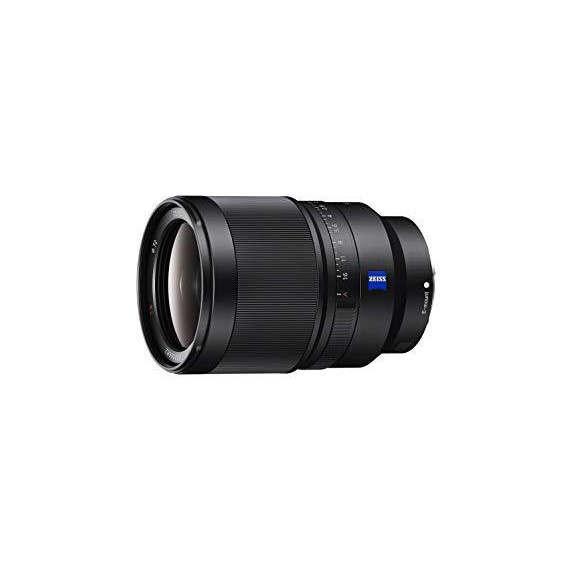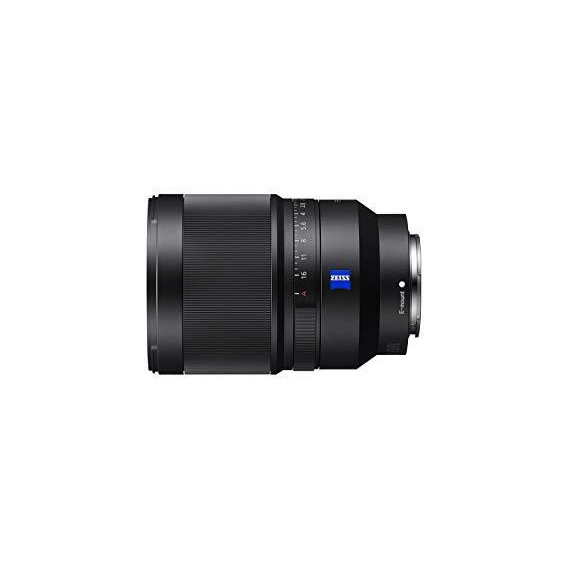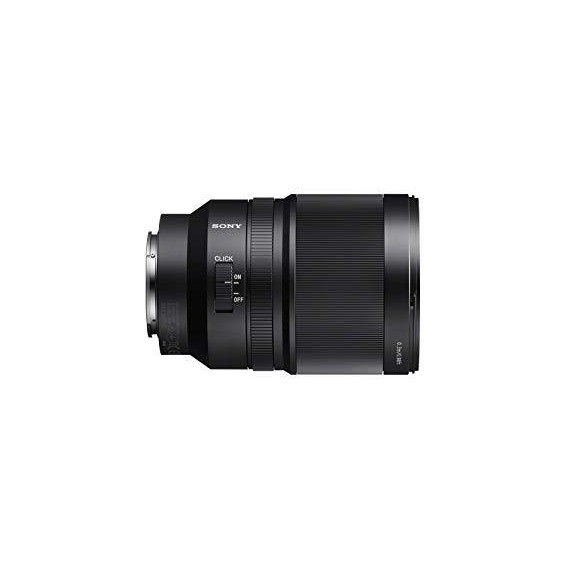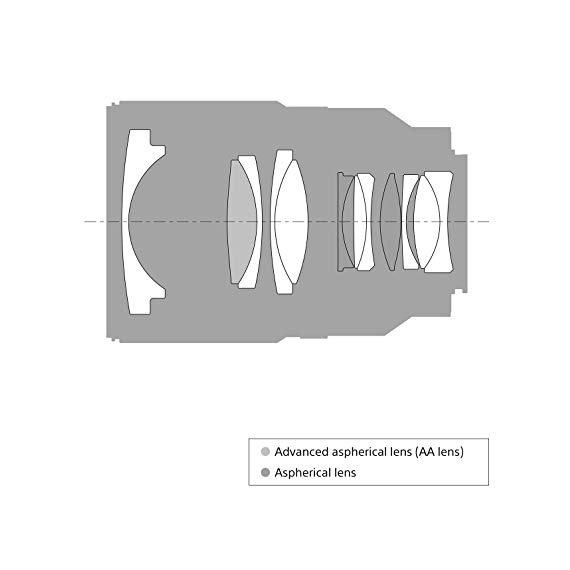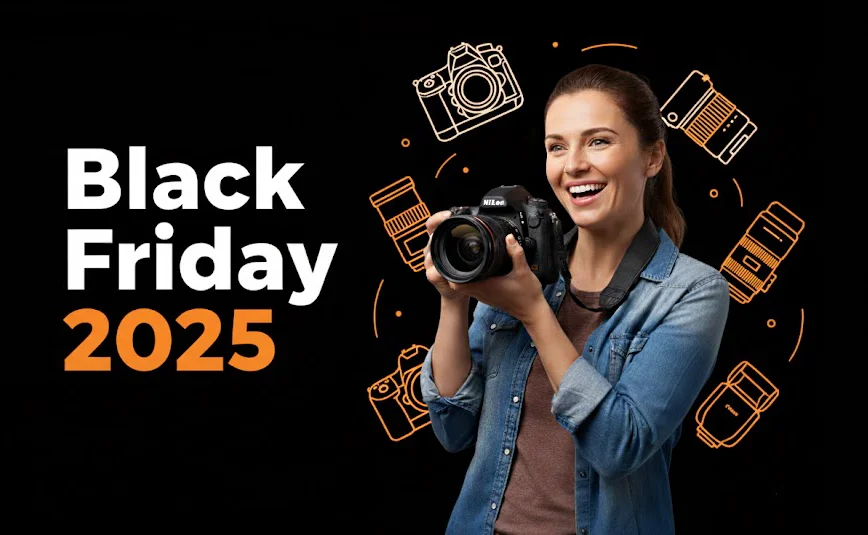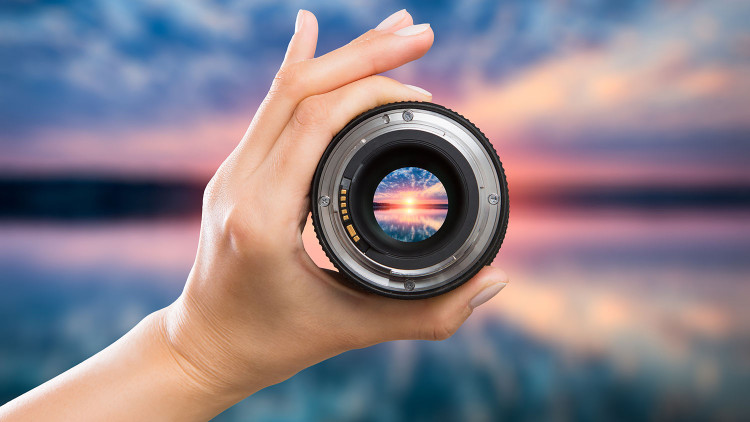Amazon Customer
Quick and Dirty Pros: -Resolution wide open -Smooth bokeh -Minimal CA and Distortion -Very good build quality -Aperture ring is a nice bonus Cons: -Expensive -Very large and heavy for a mirrorless lens I have an affinity for the 35mm focal length, as the FOV a 35mm lens provides is ideal for the type of shooting I do: environmental/journalistic style portraits (I shot weddings for four years, but have since gotten out of it), and casual landscape shooting when travelling. As such, the Sony FE 35 1.4 is a lens that I’ve been longing for since I picked up the Sony a7r when it was first released. Amazon delivered my pre-order a day earlier than expected and I was able to use the lens for a shoot I had lined up. My initial thoughts are that given the image quality it delivers, this very large (in mirrorless terms) and expensive lens has a very specialized appeal in the realm of the Sony A7 system…especially considering the vast number of (native and adapted) alternatives available. But when considering a 35mm lens, for those who prioritize optical quality above all else, the FE 35 1.4 is absolutely worth the price of admission. Optically, the lens is superb and unlike some of the other offerings from Sony, is actually worthy of the Zeiss badge it dons. What makes this lens unique in terms of optical performance, is its ability to deliver tack sharp in focus areas, and buttery smooth out of focus areas, even with a wide FOV that pulls a lot of background elements into the frame. Most 35mm lenses I’ve owned involve some trade-off between the two. They’re either sharp wide open with nervous bokeh (Sigma 35 1.4 ART), or pleasing bokeh but softer in focus areas (Canon 35L). The Sony’s ability to frame a tack sharp subject against a buttery smooth, yet complex/interesting backgrounds creates a sense of dimension (pop) that is very much unique to this lens. That’s where the money is with this lens. I did some pixel peeping at 100% while testing this against the Sigma 35 1.4 ART, and both the Sony and the Sigma lose resolution towards the borders of the frame. This is typical for large aperture lenses as fast aperture optical designs often yield lenses with curved fields of focus that affect resolution in the corners. I do not consider this a knock against fast aperture lenses, including the Sony FE 35 1.4, however, as sharpness across the frame is not a critical component of the type of photographs typically taken at fast apertures. If youre buying an F1.4 lens, chances are youre stopping the lens down, and the corners will be thrown out of focus anyway. Even when framing portraits according to the rule of thirds, your subject will favor the center of the frame. Taking that into consideration, while the 35mm focal length is convenient for framing landscapes, it is not as ideal as slower wide angle lenses that tend to have flatter fields of focus, and are more consistently sharp across the frame. The FE 16-35 F4 OSS would be a better alternative to anyone who favors landscapes and is more critical of edge to edge sharpness. I haven’t downloaded the lens profiles for this yet, however, I’ve found that there is very little needed in terms of optical correction. Chromatic aberration is very minimal, as is distortion. There’s some vignetting wide open, but this should be easily corrected via lens profiles (I actually don’t mind a little vignetting, for creative purposes). It was overcast yesterday, so I can’t speak to how this lens handles flare just yet. Supposedly the lens’ AF system benefits somehow from the IBIS and AF system in the A7II, but I’ve got an a7r so I can’t speak intelligently about this. On the a7r, the lens focuses as well as the FE55 1.8 and FE 35 2.8. In good light, it focuses quickly and is comparable to a DSLR. It hunts in low contrast light, however this is a pitfall of the a7r’s contrast detect AF system, not the lens. Build quality is top-notch (as it should be for the price this lens commands). The lens is a full metal construction, which has a more premium feel, however, I’ve learned to appreciate that lenses with a high quality plastic construction (like the Canon 24-70 2.8 MKII) are less prone to knicks and scratches. The aperture ring is a nice touch, and I’m appreciating the ability to adjust the aperture via the lens more than I expected to. Very useful, given how crammed the controls on the a7r’s body are. The zoom ring is very robust, though it feels a bit stiff. It’s a focus by wire lens, and while still not as responsive as a mechanical focus lens, it lags very minimally. The focus ring has a long throw, which makes it easier to make precise movements to the focal plane (much more precise than the twitchy focus of the Sony FE 55 and 35 2.8). The downside is that you have to turn the ring quite a bit to move the focal plane longer distances. The long throw and stiff ring makes manual focus a very precise, but slower process relative to other lenses. All of that said, it has to be acknowledged that for a mirrorless lens, the FE 35 1.4 is massive. It’s massive for a 35mm lens even by FF DSLR standards. For reference, its wider, and is only slightly shorter than the Sigma 35 1.4 ART WITH the metabones smart adapter attached. This, if anything, is a testament to the design of the lens (it employs a retrofocus design for optical reasons, even though a simpler design would have technically been possible for a mirrorless body), and the superior optical quality of this lens can be credited to its size. Unfortunately in the world of lens design, there is still an existing trade-off between size and optical performance, and the FE 35 1.4 is not a lens for those who prioritize the former. For those who do prioritize size, the FE 55 is a much smaller lens, and you don’t lose much in real world use going from 1.8 to 1.4. The FE55 has a very different FOV from the 35MM FOV though, so it is not by any means an apples to apples comparison. The unique 3 dimensional look that the FE 35 is able to produce is a function of the wide angle FOV that frames your subjects against a slightly exaggerated background. This, however, is a need that is specific to environmental portraits and journalistic photos. Outside of that, the FE55 is likely the better choice from both a size and price perspective. The FE 35 2.8 and Zeiss Loxia 35 f2 are other smaller and cheaper alternatives. You’re giving up the ability to open the aperture up to 1.4 (the loxia is also a manual focus only lens), but that may be a worthwhile trade-off to many people out there. If you’re willing to forgo useable autofocus and can deal with the minor, but existing, quirks of adapting lenses, then you have a vast array of other cheaper and smaller alternatives such as the Sigma 35 1.4 ART, Canon 35F2IS etc etc. All things considered, as good as this lens is, it appeals to a very specifically to those who prioritize uncompromisingly good optical quality in a fast aperture 35mm lens, and are willing to pay for it. I can’t fault this lens for anything other than its price and size, and chances are that if you’re considering this lens, you understand what the value proposition is. As such. I’ll give it a 5 star rating for excelling at what the lens is intended to do. That said, it’s hard to recommend this lens to anyone who doesn’t put a lot of value in takings shots with a 35mm aperture @ f1.4. The caveat to my 5 start rating is that those who cannot specifically identify a need for a high quality fast aperture 35mm lens and/or are willing to live with some compromises, might be better suited by the multitude of smaller and more affordable alternatives out there. Edit: Pictures speak a thousand words, so Ive added a photo from the aforementioned shoot. Not the most interesting shot in the set, but a simple composition that is minimally processed, and a good representation of the character of the lens.




